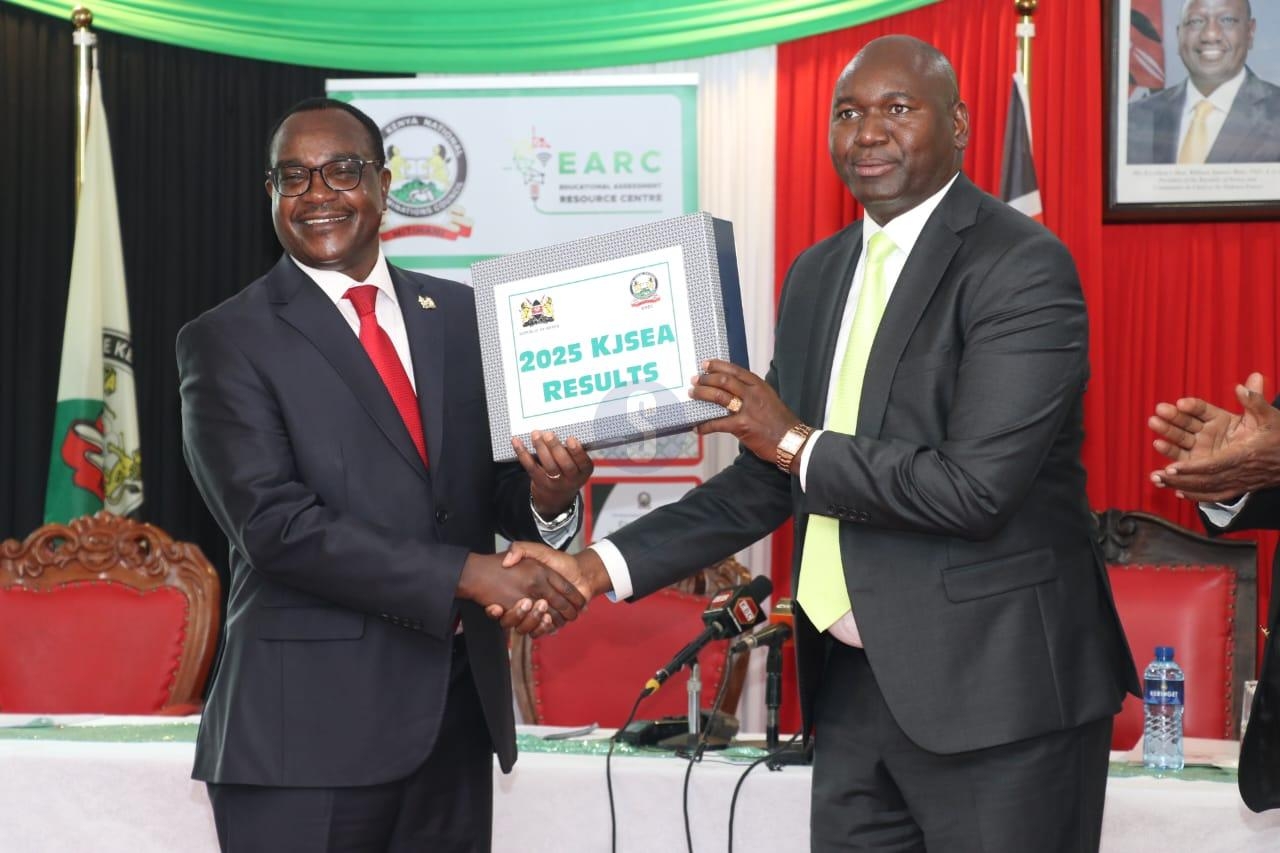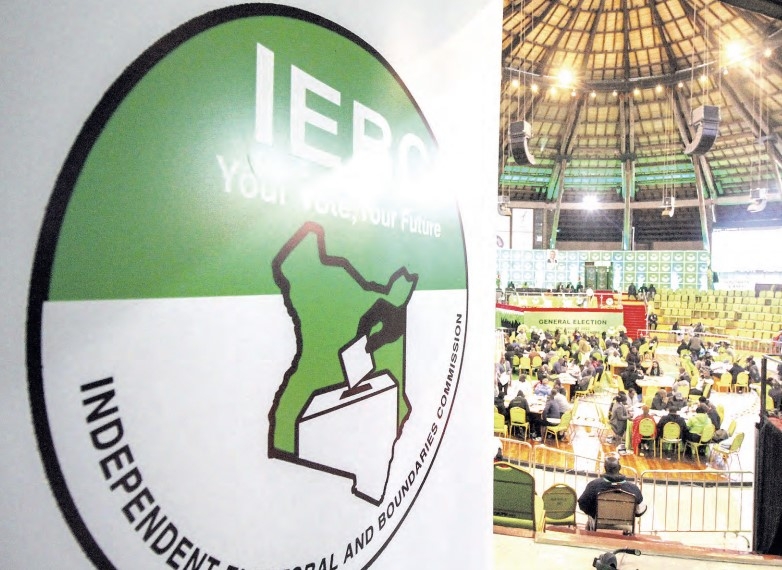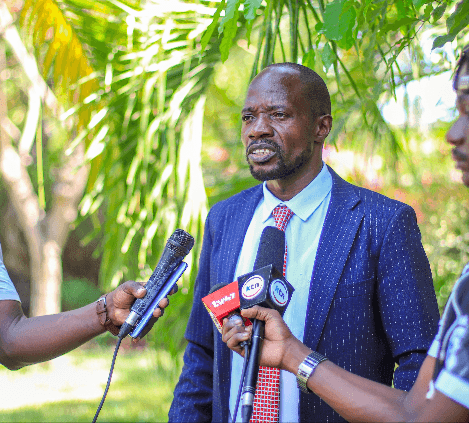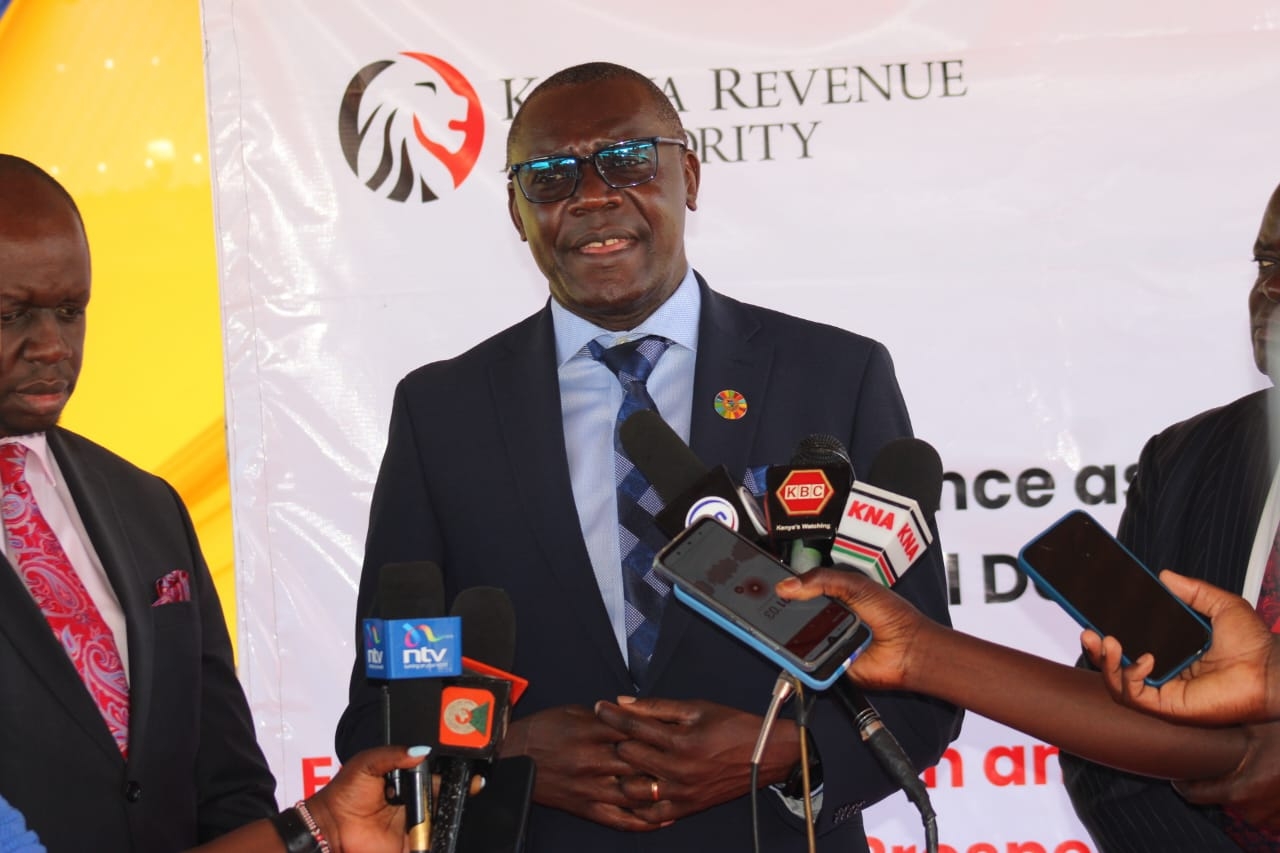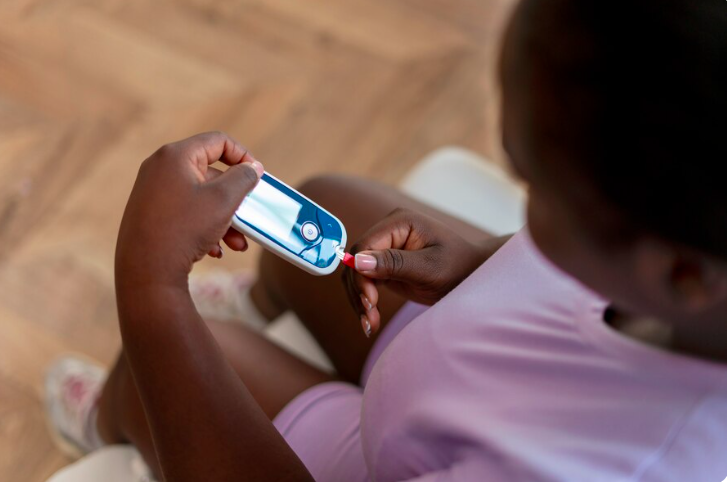 The prevalence of type 1 diabetes among children and young people under the age of 20 in Kenya is 23 cases per 100,000.
The prevalence of type 1 diabetes among children and young people under the age of 20 in Kenya is 23 cases per 100,000.
Kenya is among the low- and middle-income countries (LMICs) whose children
and young people (CYP) face gross inequities when it comes to the diagnosis and
treatment of type 1 diabetes (T1D).
These are some of the key findings of a new Access to Medicine Foundation report. Without sustainable access to diabetes care, such countries are unable to manage this chronic condition, leading to severe outcomes that are entirely preventable, even as global cases of T1D among CYP are expected to reach 2.2 million by 2040.
In 2024, Kenya had approximately 6,500 children and young people (CYP)
under the age of 20 living with type 1 diabetes (T1D). In the same year, approximately
570 CYP under the age of 20 in Kenya lost their lives due to T1D, while an
estimated 1,380 were newly diagnosed.
"Hundreds of thousands of children and young people in low- and middle-income countries face significant barriers to accessing essential insulin, supplies and care for managing type 1 diabetes. While the pharmaceutical industry is engaged in the effort to bridge access gaps, as needs grow, initiatives must prioritise widespread coverage, sustainability and affordability to save lives," said Claudia Martínez, director of research, Access to Medicine Foundation.
The report analyses 11 initiatives that have been specifically established to provide diabetes care for CYP, which are varyingly backed by major insulin producers Lilly, Novo Nordisk and Sanofi, as well as biosimilar insulin manufacturer Biocon. These four companies offer diverse portfolios of insulins and delivery devices, all of which are crucial for managing T1D effectively. Together, their strength in the market and unique portfolios position them to redefine access to essential products for millions worldwide.
While each of these four companies are also undertaking broader commercial initiatives and access strategies to expand the availability and affordability of diabetes care in LMICs, the needs of CYP living with T1D are particularly complex. Children especially face unique challenges, and they often require, specific, tailored support to effectively manage this chronic condition. For this reason, it is essential to look at dedicated initiatives targeting CYP apart from broader diabetes care programmes to determine where gaps persist and develop actionable solutions.
The prevalence of T1D among CYP under the age of 20 in Kenya is 23 cases per 100,000— lower than the average prevalence of 42.3 per 100,000 across the 113 low- and middle- income countries (LMICs) analysed.
Out of the 113 LMICs included in the analysis, Kenya ranks 44th in the prevalence of T1D among CYP under the age of 20.
Today, insulin remains out of reach for half of those who need it, meaning that for many CYP living with T1D in low-resource settings, diabetes care is not about effective management but mere survival. Even when they do gain access to treatment, it often falls below the standard of care offered elsewhere, highlighting stark disparities.
Despite the challenges, five main findings highlight positive
developments in expanding access to diabetes care for CYP living with T1D in
LMICs while also identifying critical areas of improvement for companies moving
forward.
One of the findings is that while over 50 per cent of LMICs in scope are being covered by company-supported initiatives, only a limited number of CYP are being reached across these countries.
This represents impressive coverage, and the initiatives are offering critical support by supplying a range of products and delivery devices, but many CYP in LMICs – both in the countries not covered and even in those that are – still lack access to diabetes care. Only a small fraction (less than 10%) of the estimated 825,000 CYP in need of T1D care living in the 71 LMICs collectively covered by the initiatives were reached in 2023, for example.
Secondly, report says that three companies are taking steps to broaden the types of products they provide to initiatives, including the provision of insulin analogues and pens in certain LMICs. Companies’ diabetes care initiatives in LMICs have historically focused on providing human insulin in vials. But as the standard of care has evolved over time, companies that supply or donate insulin to these initiatives have started to offer a broader range of products.
For instance, Biocon, Lilly and Novo Nordisk now provide insulin analogues as well as insulin pens through at least one CYP-focused initiative. Partnerships with device manufacturers have also made some diabetes monitoring tools more accessible via these initiatives in certain regions. However, these changes are still relatively new, and only a small number of CYP have access to these products so far.
All four companies contribute to capacity building initiatives – including educational efforts – within the CYP-focused initiatives they support. Most initiatives backed by these companies integrate multiple elements of capacity building to help the diverse needs of CYP with T1D and their families, ensuring more comprehensive support.
Sanofi’s KiDS stands out as the
only programme educating not just children and families, but also teachers and
school staff. Notably, Lilly and Novo Nordisk support investments in
infrastructure and equipment, ensuring CYP have better access to care in areas
where resources have long been limited.
Compounding this issue, ten of the 11 initiatives have set end dates or specific goals, with several scheduled to conclude by or before 2030. While this does not necessarily mean they will end, it underscores the uncertainty of sustained access.
The report says CYP's access to long-term, affordable diabetes care remains a critical challenge. To ensure continuity of care for CYP living with T1D in LMICs, Lilly and Novo Nordisk are backing initiatives that are working to adapt initiative models to better align with local needs and are collaborating with partners to transition T1D care towards government ownership.
Notably, although still in the early stages of implementation, Lilly and Life for a Child are working on improving the continuity of care for young people who age out of initiatives by extending age eligibility for support in specific countries. Despite these developments, efforts to scale and sustain access to diabetes care will not be future-proof if the issue of cost is not addressed.
Kenya is one of the 19 LMICs in scope that receive insulin from Lilly through the ‘Life for a Child’ initiative. Through the Changing Diabetes in Children (CDiC) initiative, Kenya stands out among 30 LMICs—ranking in the top three for both the number of children reached (6,100) and the number of clinics refurbished (41) since the initiative launched in 2009. Kenya is also one of the two countries where the CDiC initiative, was assessed through a commissioned third-party review to measure and publicly disclose the outcomes of its work.
The recommendations in the Foundation’s report provide practical solutions whereby companies can bring about the fundamental shift that is required to truly scale up access and reach CYP with unmet needs.
This includes ensuring that the diabetes treatments and technologies best suited to CYP are available where they are needed most; moving away from the donation-based models that largely define current efforts to support CYP; and addressing affordability and product availability to help facilitate the successful transition to government-owned T1D care in LMICs. This way, all CYP, regardless of where they live, can have access to lifesaving diabetes care products.


